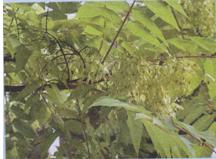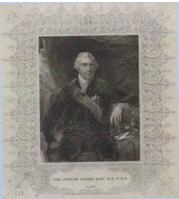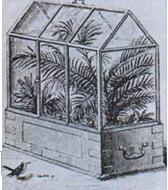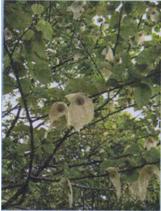普通高中课程标准实验教科书英语选修高三选修9 Unit 4 Exploring plants-Reading
PLANT EXPLORATION IN THE 18TH AND 19TH CENTURIES
The plants in our gardens look so familiar that often we do not realize that many of them actually come from countries far away. Collecting "exotic" plants, as they are called, dates back to the earliest times. Many ancient civilisations saw the value of bringing back plants from distant lands. The first plant collecting expedition recorded in history was around 1500 BC when the Queen of Egypt sent ships away to gather plants, animals and other goods.
However, it was not until the eighteenth and nineteenth centuries that the exploration of the botanical world began on a large scale. Europe had become interested in scientific discovery and the European middle classes took great interest in collecting new plants. This
attraction to exotic plants grew as European nations, like the Netherlands, Britain and Spain, moved into other parts of the world like Asia and Australia. Brave young men took the opportunity of going on botanical expeditions, often facing many dangers including disease,near-starvation, severe environments and conflicts with the local people.

An important group of collectors were Frencn Catholic missionaries who, by the middle of the 18th century, were beginning to set themselves up in China. One such missionary, Father d'Incarville, was sent to Beijing in the 1740s. He collected seeds of trees and bushes including those of the Tree of Heaven. Just before he died, he sent some Tree of Heaven seeds to England. They arrived in 1751 and plants from these seeds were grown throughout Europe and later, in 1784, the species was introduced in North America.
Sir Joseph Banks was a very famous British plant collector, who accompanied James Cook on his first voyage from England to Oceania. The purpose of the trip for Banks was to record the plant and animal life they came across. He and his team collected examples whenever they went onto dry land. In 1769, Banks collected vast quantities of plants in the land now known as Australia. None of these plants had been recorded by Europeans before. Cook called the bay where the Endeavour had anchored Botany Bay.

Keeping plants alive during long land or sea voyages was an enormous challenge. Large numbers of seeds failed to grow after long sea voyages or trips across land between Asia and Europe. One plant explorer lost several years' work when his plants were mined with seawater.
The world of plant exploration was completely changed with Dr Nathaniel Ward's invention of a tightly sealed portable glass container. This invention, called the Wardian case, allowed plants to be transported on long journeys. In 1833, Ward shipped two cases of British plants to Sydney, Australia. All the plants survived the six-month journey. In 1835, the cases made a return trip with some Australian species that had never been successfully transported before. After eight months at sea, they arrived safely in London.

A British man called Robert Fortune was one of the earliest plant collectors to use Wardian cases. He made several trips to China between 1843 and 1859. At that time, there were restrictions on the movement of Europeans and so, in order to travel unnoticed, he developed his fluency in Chinese and dressed as a Chinese man, even shaving his head in the Chinese style. He experienced many adventures including huge thunderstorms in the Yellow Sea and pirates on the Yangtze River. Not only did Fortune introduce over 120 species of plants to Western gardens but he also shipped 20,000 tea plants from Shanghai to India, where a successful tea industry was established.
The second half of the nineteenth century was a very important period of plant exploration. During this time many Catholic missionaries were sent to China from France. They valued the study of the natural sciences and many of the missionaries knew a lot about plants and animals. Their expeditions resulted in huge plant collections, which were sent back to France. One of the collectors was Father Farges, who collected 37 seeds from a tree that had appealed to him. This tree was later called the Dove Tree. He sent the seeds back to France in
1897 but only one seed grew.

Although the missionaries collected large numbers of soecimens. there was not enough material for growing particular species in Western gardens. However, European botanists were very excited with the knowledge that China had a vast variety of plants, so many plant collectors were sent on collecting trips to China. One of these collectors was E H Wilson who, in 1899, was able to collect a large quantity of seeds of the Dove Tree that Father Farges had discovered. Wilson and other plant collectors introduced many new plants to Western gardens.




















